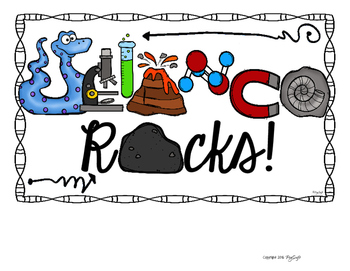Hello fellow 4th-grade teachers! I am here today to explain to you all the 3 Dimensional Teaching of Energy. Buckle up we're going on a science adventure!
First up we have Science and Engineering Practices.
In this practice we have, asking questions & defining problems, planning & carrying out investigations, constructing explanations & designing solutions, and obtaining, evaluating, & communicating information. We want our students to wonder and think for themselves. This practice allows students to draw their own conclusions based on science and engineering. Students will really focus on science.
Next up we have Disciplinary Core Ideas.
This practice includes definitions of energy, conservation of energy & energy/transfer, the relationship between energy & forces, energy in chemical processes & everyday life, natural resources, and defining engineering problems. In this practice, students will focus more on the energy aspect. They should be able to grasp information about different types of energy.
Finally, we have, Crosscutting Concepts.
This practice includes energy & matter, cause & effect, the interdependence of science, engineering, & technology, the influence of engineering, technology, & science on society & the natural world, and science is a human endeavor. This all focuses on what the students are going to get out of learning about science and engineering.
As teachers, I believe it is important we understand how crucial science is to our lives. We want to pass on the message that science is crucial in our lives to our own students. Science needs to be taught and allowing students to have fun while learning helps a lot!
Thank you for joining me today until next time!





